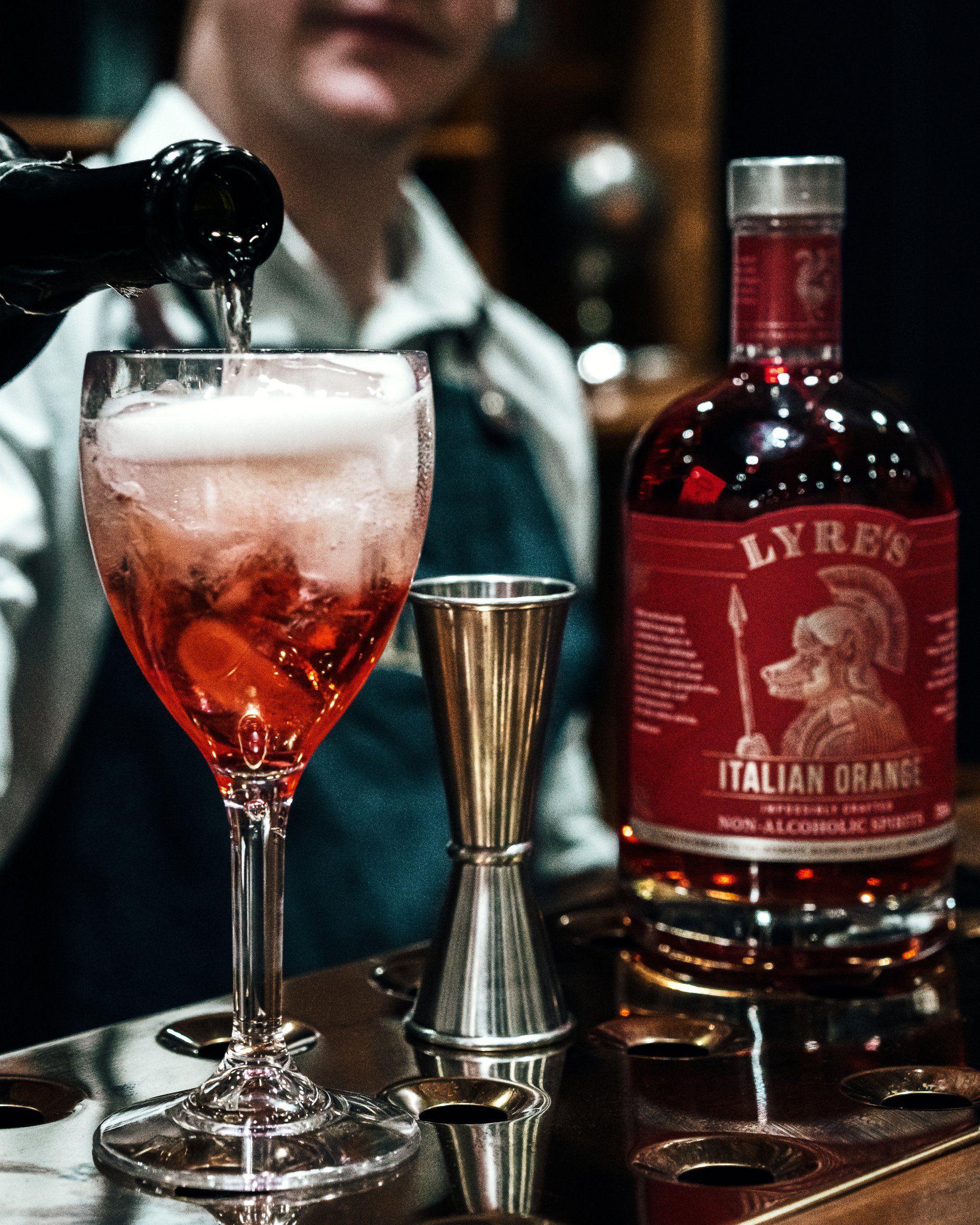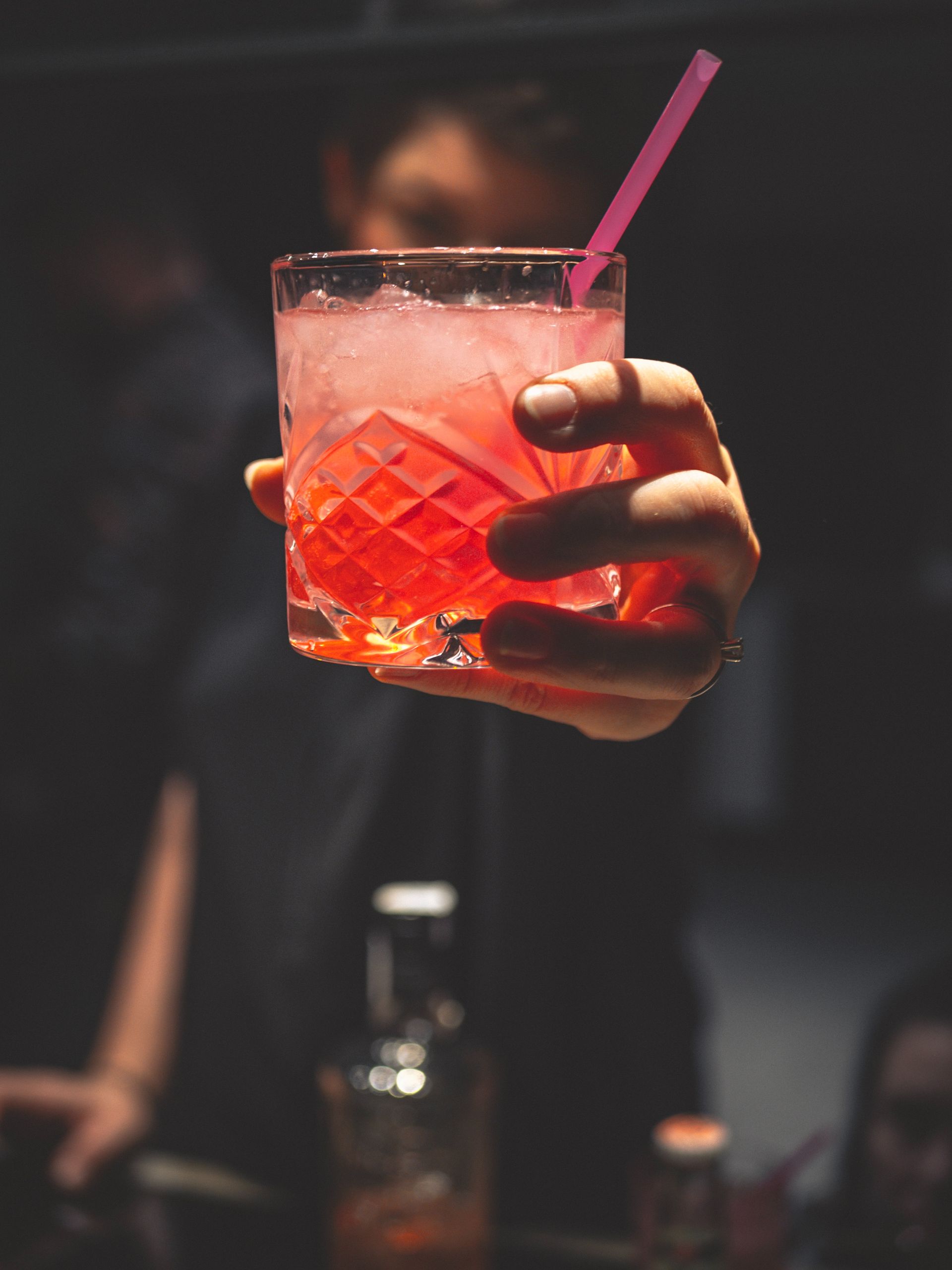Jigger
This handy bartending tool is an essential part of your bar. A jigger is a measuring device for bartenders to ensure that they pour the right amount of alcohol into every drink. Jiggers usually have measurements on them of 1/2 ounce, 1 ounce, and 1 1/2 ounces. For example, you could have a drink with 2 ounces of rum, 3/4 ounce of triple sec, and 1/4 ounce lime juice. If you’ve ever had a bartender give you too much or too little of a certain liquor in your drink, it might be because they didn’t use a jigger to measure the liquor as they poured it into the glass. For some cocktails such as those with sour mix or those involving shaken drinks, you might need more than one jigger to measure all of the ingredients.
Jiggers come in a variety of shapes and sizes, but the most common type is the metal jigger. You can find jiggers made from other materials such as glass or plastic, but metal jiggers are the most durable. When shopping for a jigger, make sure to get one that is comfortable in your hand.
Shaker
Cocktail shaker, strainer, bar spoon, glassware, measure and fresh lime on a table. The concept of preparing cocktails and alcohol beverages.
Shakers are a bartending tool that you use to mix drinks for a number of different cocktails. The shaker consists of three pieces: the mixing glass, the lid, and the strainer. You can find shakers made from a variety of materials such as metal or plastic; however, stainless steel is most common. When selecting your shaker, make sure that all parts fit together tightly and securely before making your purchase.
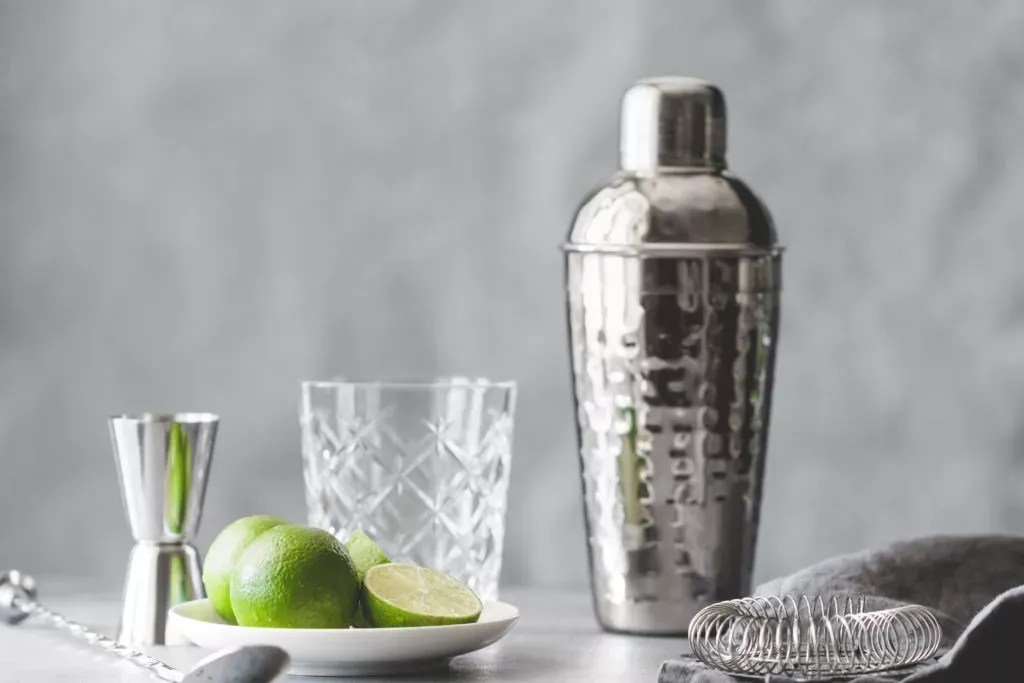
Mixing Glass
A mixing glass is a bartending tool that bartenders use to make cocktails. Mixing glasses come in different shapes and sizes, but the most common type of mixing glass is a large thick-bottomed glass. The thick bottom helps bartenders stir ingredients more effectively and evenly without worrying about the ingredients spilling over the edge of their shakers or jiggers. Some bartenders like using metal or plastic mixing glasses because they do not break as easily as glass.
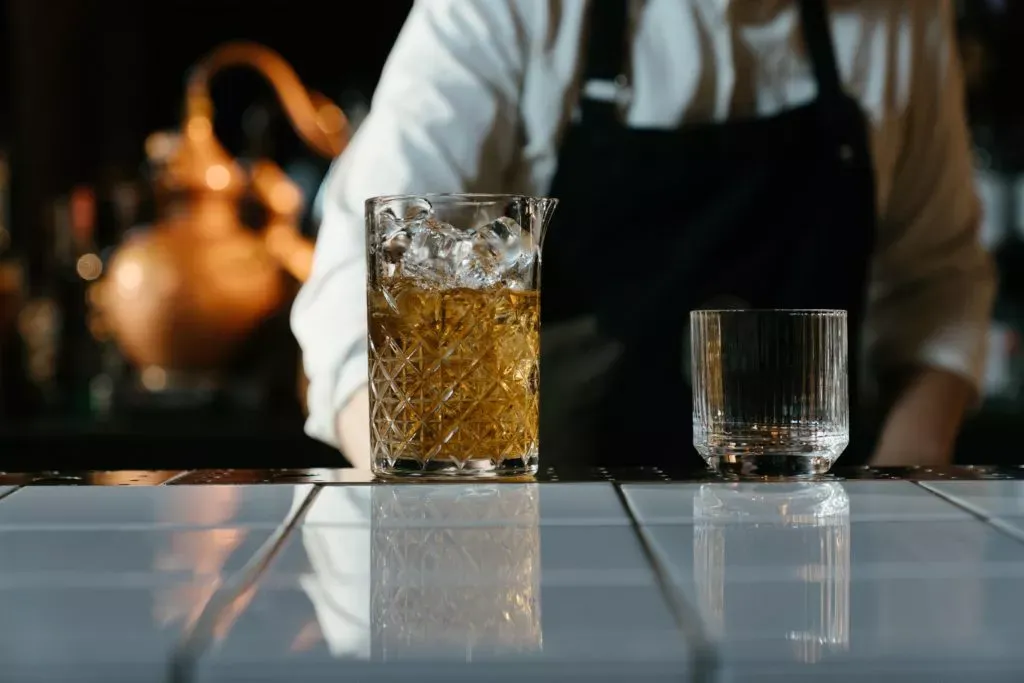
Mixing Spoon
A mixing spoon is another essential tool for bartenders. A mixing spoon is used to mix cocktails and help dissolve ingredients like sugar or salt into a drink. Mixing spoons come in different sizes and shapes, but all have a handle and a spoon-shaped head.
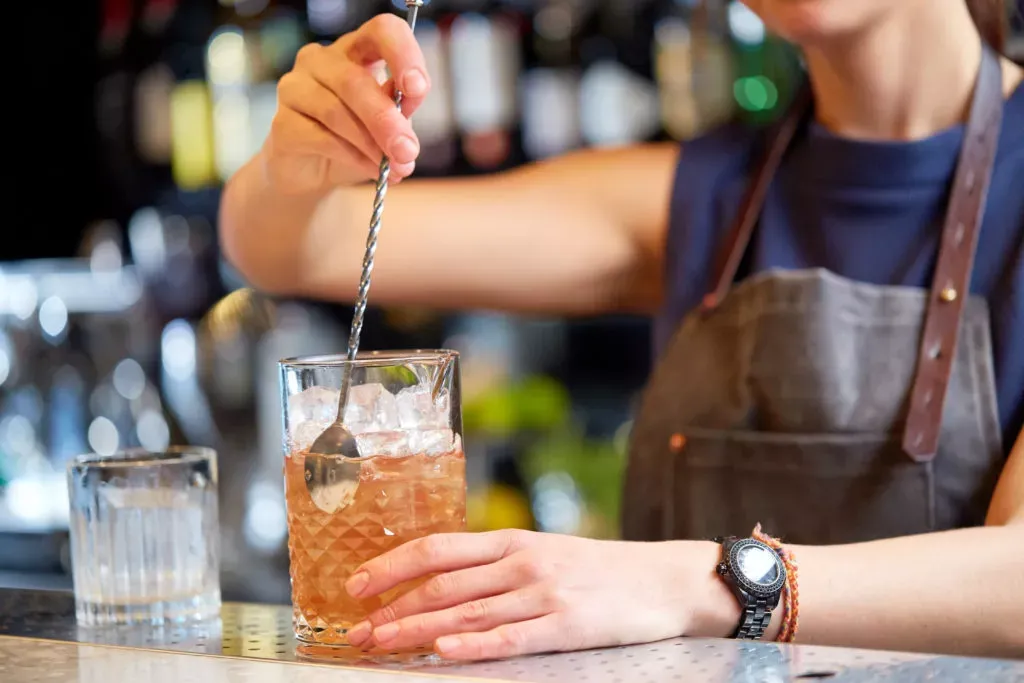
Cocktail Strainer
A cocktail strainer is a type of strainer that is used to strain cocktails that have been stirred. A cocktail strainer has a fine mesh screen and a handle with a small bowl-shaped frame at the end. The mesh screen catches ice, fruit pulp, or anything else that was in your cocktail. Cocktail strainers typically come in different sizes; they can be small enough to fit into an individual serving glass or large enough to fit over the top of a pitcher. Many bartenders like using two types of strainers for their drinks; one for shaking and one for stirring.
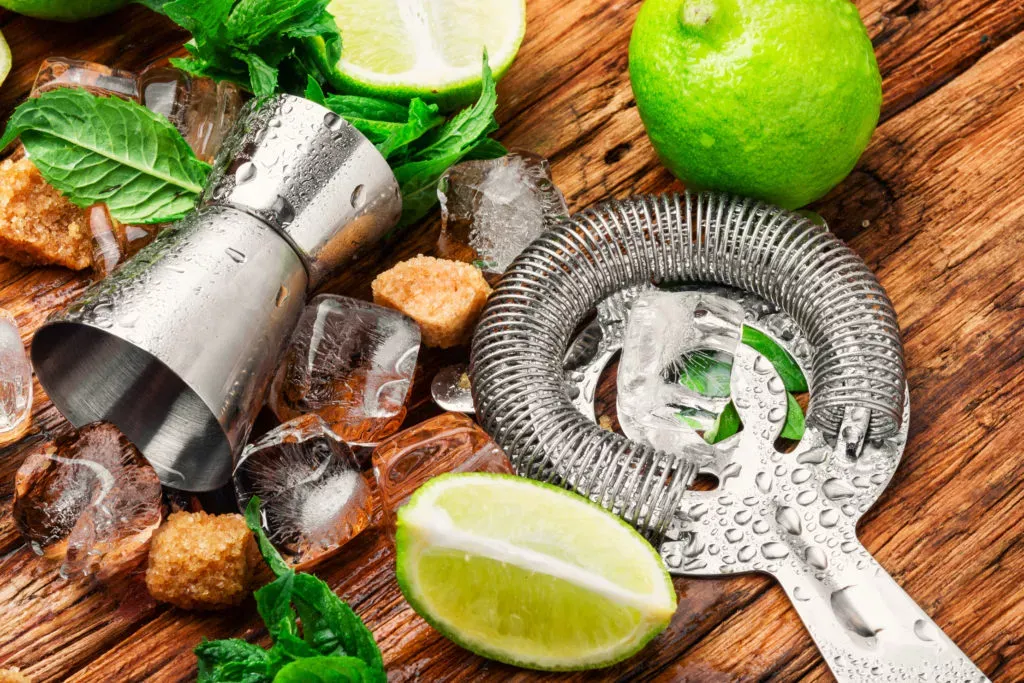
Zesters
A zester is a bartending tool that people might not think about when they are shopping for bar tools. However, a zester is a useful and handy tool that every bartender should have. Zesters are used to cut citrus twists or lemon or lime peel into long thin strips. They come in different shapes and sizes, but the most common type of zester has a metal blade with tiny holes on one end and a handle at the other end. The metal blade slices off pieces of peel from your fruit without piercing through it.

Muddler
A muddler is a bartender tool that bartenders use to crush together ingredients such as fruit, sugar, and bitters for cocktails. Muddlers come in different shapes and sizes, but the most common type of muddler is a wooden stick with a flat or rounded bottom used to mash ingredients when making drinks. Some bartenders prefer using other types of muddlers such as those made from metal or glass because they do not absorb flavors from previous ingredients. You can find muddlers in a variety of designs; some have larger heads while others have smaller ones.
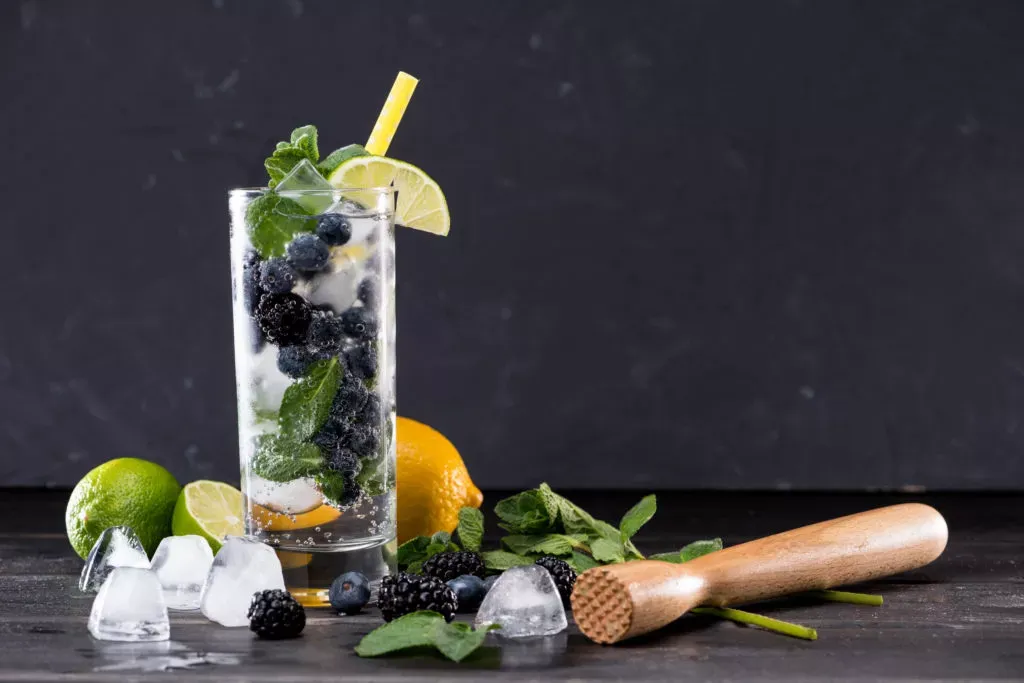
Reamer/Juicer
A reamer, also known as a juicer, is a bartending tool that is used to extract the juice from lemons, limes, or other citrus fruits. Reamers come in different shapes and sizes, but the most common type is a small handheld tool with a cylindrical body and a pointy end. The pointy end is used to pierce the fruit’s skin so that you can then twist the reamer to extract the juice. Some reamers have ridges on the body that help to catch more juice as you twist.
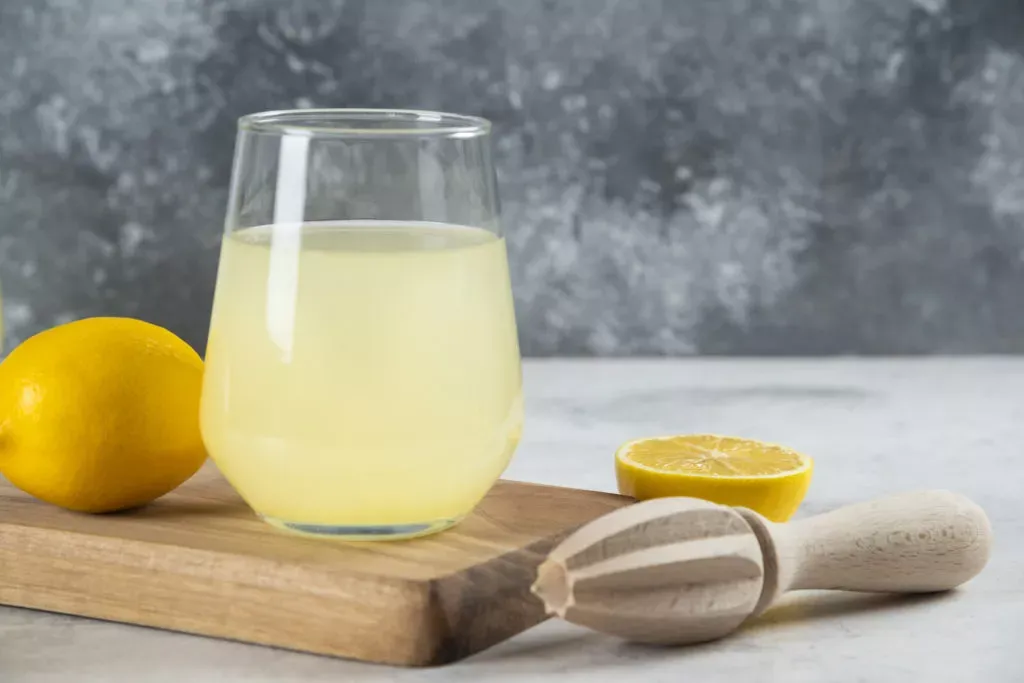
Bottle Opener
A bottle opener is an essential bartending tool that every bartender should have. Bottle openers come in shapes and sizes, but the most common type of bottle opener is a small metal tool that you use to pop open bottles on the top or on the side. Unscrewing beer caps with your mouth can be extremely dangerous; bartenders often lose teeth, break their teeth, chip teeth, and even miss work because they had to go to the dentist after opening beers with their mouths.
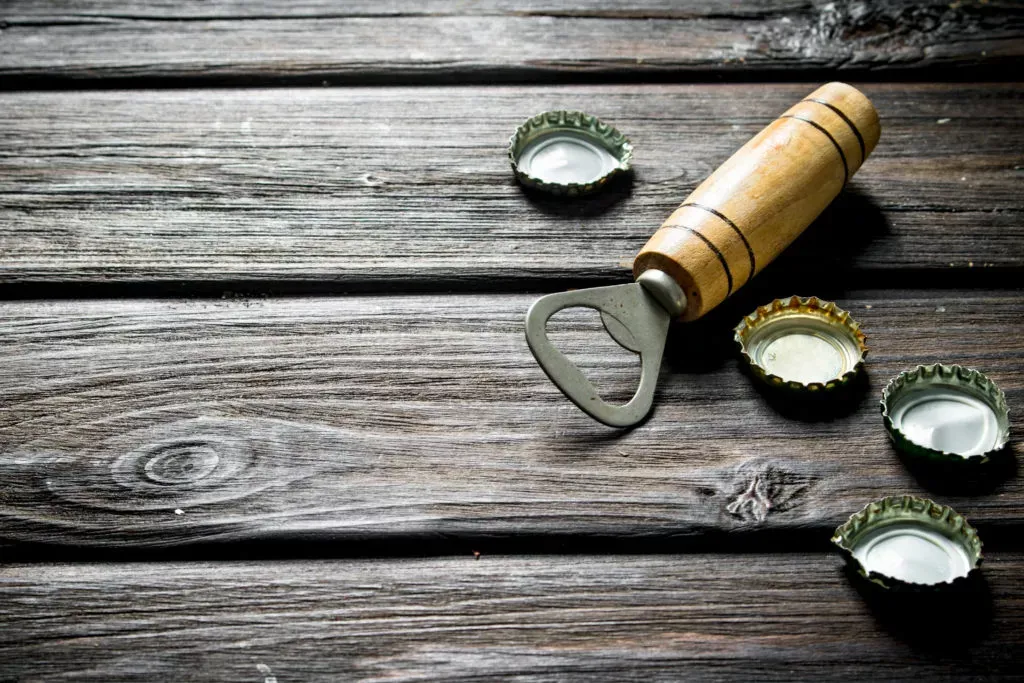
Cutting Boards
It is not a good idea to use your bar or kitchen countertops when cutting things for your drinks because they can easily scratch. Cutting boards are another useful bartending tool that every bartender should have. Cutting boards can be made from wood, metal, or plastic. Some cutting boards have a raised edge that helps keep pieces of fruit and other ingredients on the board when you are cutting them. No matter what type of cutting board you choose to use, just make sure that it is clean and free of any dirt or grime. This way your produce will stay fresh and undamaged.
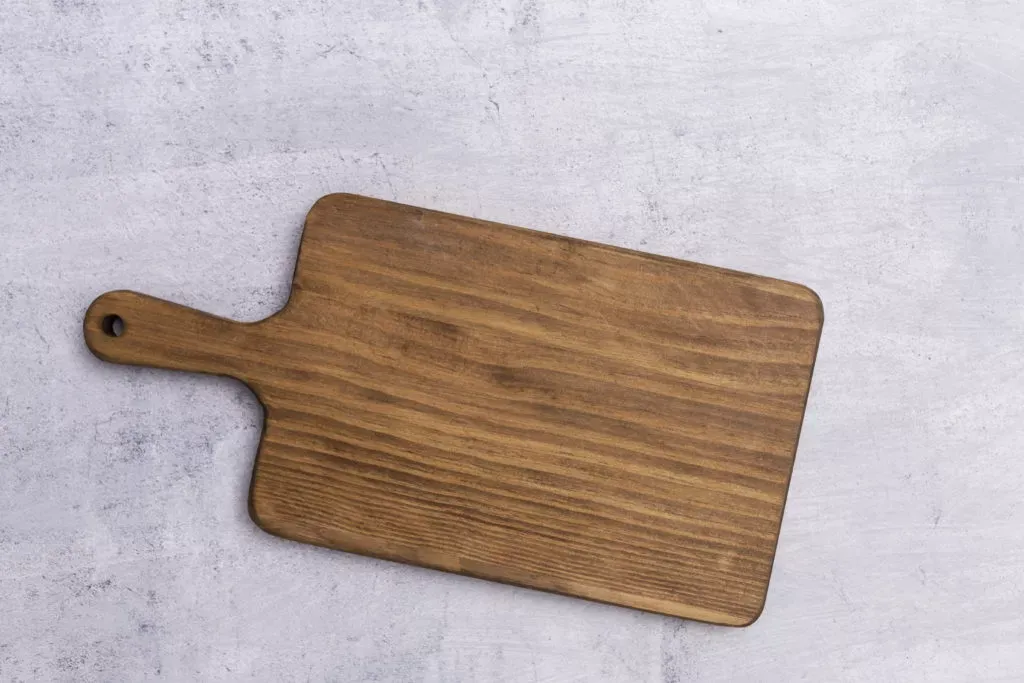
Peeler
A peeler is a bartending tool that is used to remove the skin from fruits and vegetables. There are a variety of different types of peelers available, but the most common type is a small handheld tool with a blade that curves around a cylindrical body. You use the peeler to peel the skin off of your fruit or vegetable in a smooth motion. Peeling fruits and vegetables can be a difficult task if you do not have the right tools. That’s why every bartender should have a peeler in their toolkit.
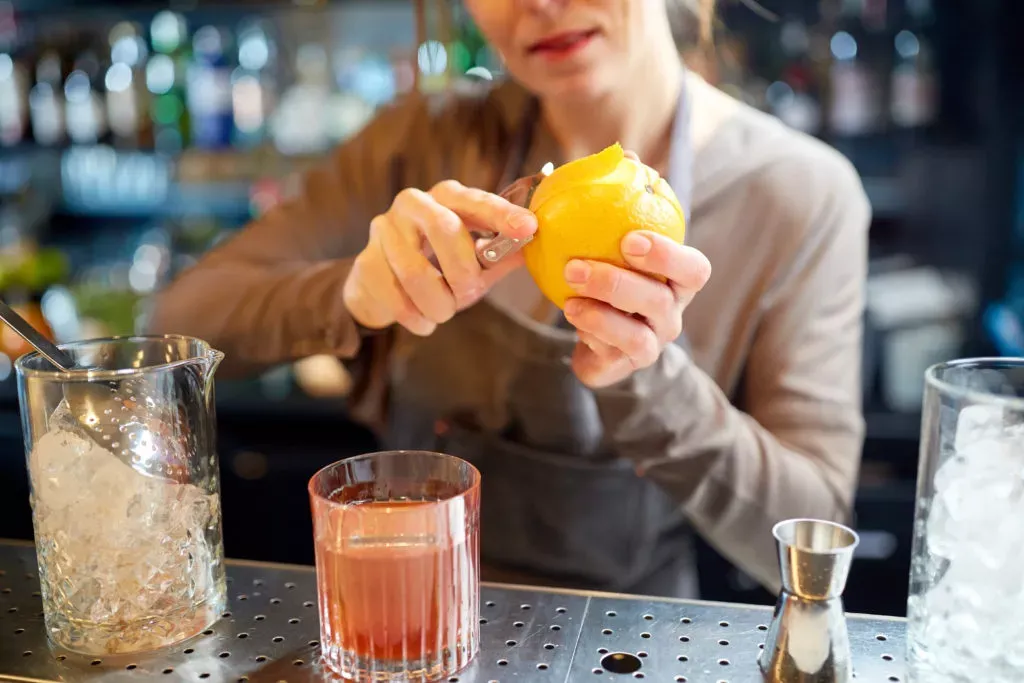
Ice Tongs
alcohol drinks, people and luxury concept – bartender with tongs adding ice cube into glass and preparing cocktail at bar counter.
Ice tongs are another bartending tool that bartenders use to pick up ice cubes. Ice tongs look like regular tongs, but they have small scoops at the ends instead of serrated blades. You can use ice tongs to lift ice out of a container so you do not have to stick your hands in it or pick up cubes with your bare fingers. Ice tongs are used for more than just picking up ice cubes too. They are also great for serving cocktails because they give every drink a polished and professional look when they are served on top of crushed or cracked ice.

SEARCH
Recent Posts

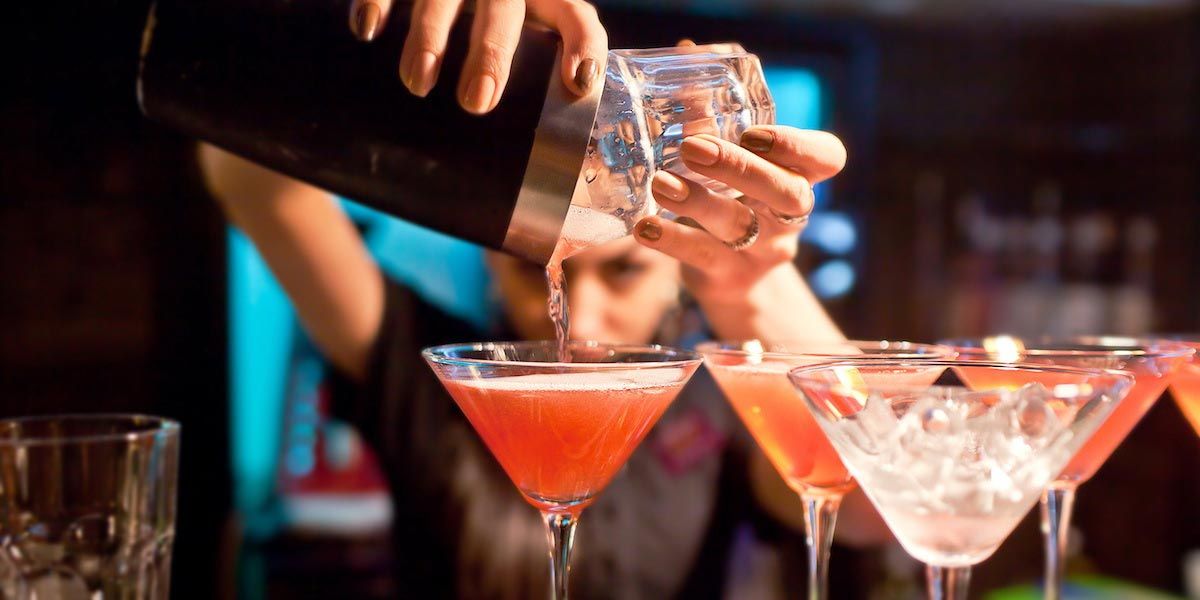
Get in Touch Today
We’d love to hear from you. Choose the most convenient method and we’ll get back to you as soon as we can.


